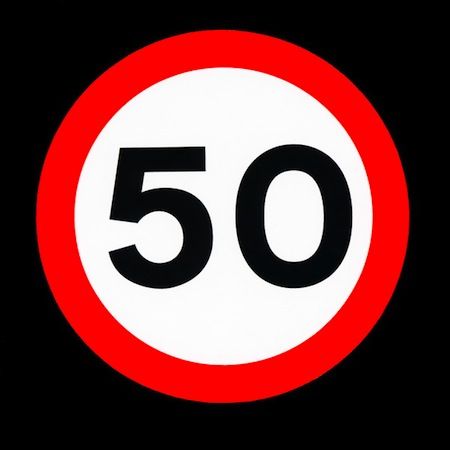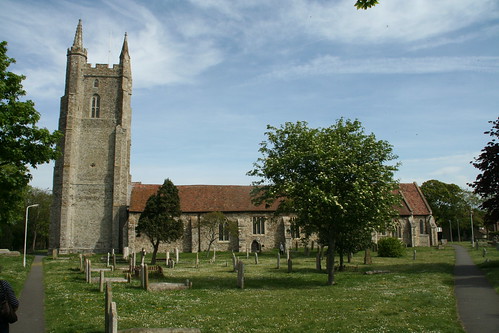
Short report 10:15;19 12th 40-44AG
I will start this by saying how much I enjoyed the UK Ironman race and how much I rate the course which was a big surprise to me! My previous experience of
TRIUK the old organisers was abysmal. Their approach to everything seemed wrong and their finished product was often poor. That said there is a lot the new race organisers need to improve on but the swim bike and run courses were all great. Most credit must go to the people of Bolton who really seemed to take the race to their hearts as the support out on the run course was fantastic and their encouragement seemed so genuine. I think the race should stay in Bolton but they need to work on the athlete experience pre and post race.
So to race day. I was feeling a bit rough still with the tail end of a viral infection and was wondering how it was going to go. I got out into the lake early as I was worried about there being a crowd at the start line. I need not have been, there was plenty of room and compared to the start of the HIMUK it was positively gentile. The water was nice and warm, and off we went. I took the first 200m a lot easier than at Austria, which was possible as there was much less crowding. At the first turn at about 700m I found the feet of someone who could swim straight and just a bit faster than me. Perfect, I then drafted him for the next lap. He pulled me past several groups although I finally lost his feet at a turn and could not get back. No worries I felt strong and cruised the last 800m in without a clue what time I had done.
SWIM 56;41 (so it the swim distance was short!!!) 15th AG 91 overall
Out onto the bike. As per plan I started quite steadily. This still saw me flying past any number of good swimmers (that is anyone faster then me in the water). To begin with it was all reasonably flat, although road surfaces were poor so I rode the white line with some effect. The route takes you north up towards the 34 mile circuit that you repeat 3 times to make the bulk of the course. Soon I started going up, past a feed station a quick decent and thanks to
WIGANERS guide to the route new I must be about to start the sheep house lane climb. It was not so bad and easily done first time round in the saddle with a 39x26 gear. The next part of the loop was downhillish and flatish. This saw me catch up with
Jo 4th female before I pushed hard on another flattish section which saw me catch the third female pro. I was then surprised by a lot more steady rises where I soon lost the 3rd pro. None were really too hilly but nothing was too flat either. This and quite a lot of twists and turns made for hard work on the bike. Still as I finished the first lap and repeated the climb of sheep house lane I was feeling strong. Unlike Austria there were no big bunches and I spent most of the time riding on my own.
The second lap followed the same pattern as the first: fast on the flat section after sheep hill and then surprised, you would think I would learn, at the long drag in the second half. I was however hot and conscious that my nutrition was not as good as it could be and I had backache. This is usually because I have not spent enough time in the saddle or my blood sugar is low. The truth is I think I was going a bit too hard so my HR was too high and hence my gut was not tolerating the food as well as I would hope. The third time up sheep hill I was out of the saddle and no longer had a choice over my cadence. I was not able to push quite so hard on the next flat section and was caught by a line of 3 others. I kept with them but started to feel tired, my legs were dull and would not respond to my commands for more power without a large amount of effort. At the end of the third lap I had 112 miles on the clock and expected a quick arrival at T2. Sadly for me there were still a few more miles which hurt more then they should. Finally of the bike, a quick change and I was out onto the run.
BIKE 5:40;57 (114 miles?) 6th AG 48th overall
Another quick change and Iwas out on the run. I had driven this bit in a car the day before and new the first 3 miles were essentially downhill. My legs felt dreadful. At Austria I had run the first mile in under 7 minutes and then settled into a 7.45 min miles for the next 16 miles or so. This time the first mile was only just under 8 mins and that was downhill. Usually it takes me 3 or so miles before I know how the IM marathon is going to be. This is because that is how long roughly it takes to forget I have just cycled 112 miles and focus on how far exactly I have to run! 3 miles in and I still felt rubbish. Every 2-3 minutes I would here the flop flop of trainers as another good runner (anyone faster than me!) slowly gained and then passed me. I had been passed by over ten in the first 5 miles.
Well ironman is not meant to be easy. So I knuckled down, banished the demons and put my race face on. The run route into Bolton town centre was great. The crowd support was huge and the run was hilly. Did I mention that? After a run from T2 down to Bolton town centre we then did 3 x 6 mile loops (only they were a bit shorter than that). Half the loop was positively up hill and half was down hill. My uphill miles took about 40 secs longer than my downhill ones!!
Great support from some trilondoners Lotte and Andy in particular helped me through some of the darker patches. Using all the tricks to keep the mind focused on short term goals, positive thinking and the desire to just get the thing done I was soon running down the hill for the last time. My maths had me a bit suspicious for the finish time since I reckoned to be running just under 9 min/mile but the finish seemed to come at least 15 mins early! My run had let me down.
RUN 3:32;51 12th AG 71 overall
TOTAL 10:15;19
I needed to run 10 mins quicker to get a slot for Kona. Coulda woulda shoulda.
There is always next time.












